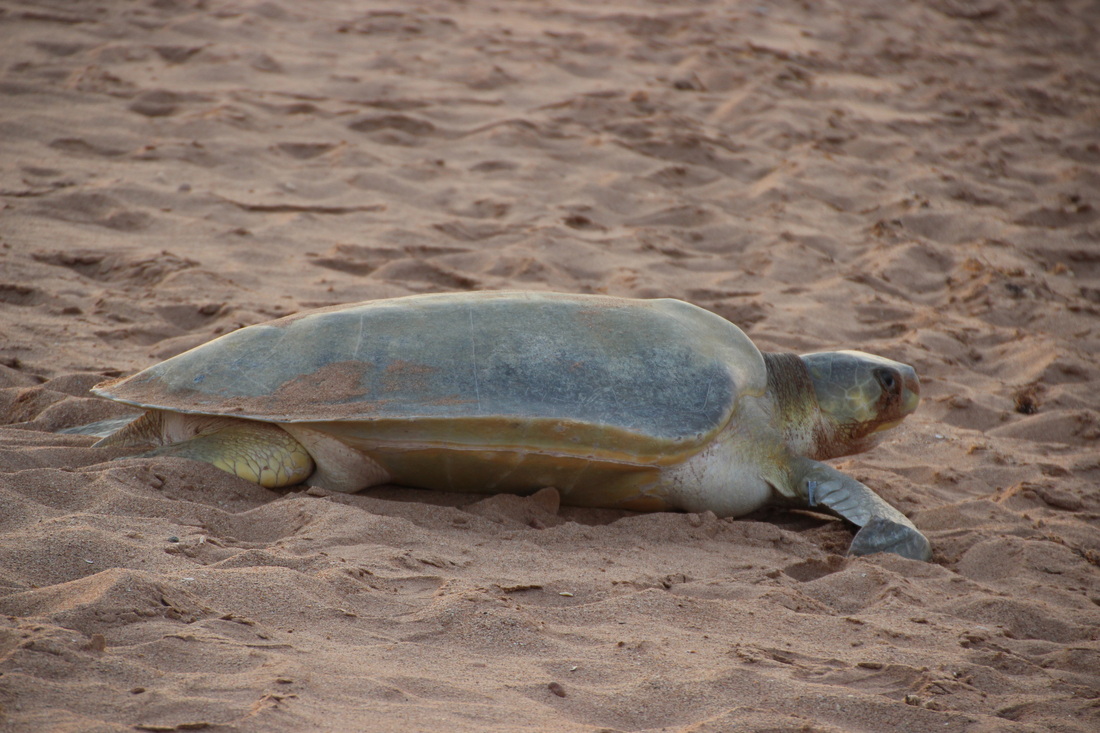Port Hedland Attractions
Native WildflowersDuring the winter months in Port Hedland you will be able to find a multitude of native wildflowers. You could make an adventure of wildflower viewing by following the Pilbara Wildflowers Trail by road through the region. July to September is the time to experience this beautiful natural occurrence unique to the Pilbara. Look in the right places and you will find the unmistakable Sturt's desert pea, Mulla mulla and the tall majestic Ashburton pea as well as up to 65 species of the Acacia (wattle).
|
Here are a few handy links to help you enjoy Port Hedland.
The Town of Port Hedland - Link to the local government site, with lots of great information about the local area. The Port Hedland Visitors Centre - Plenty of great tips on getting around and seeing the Town! Warlu Way - Follows the path of the Warlu, or Dreamtime sea serpent, as it traverses North West Australia and the Pilbara and Kimberley regions of Western Australia. Great site with heaps of ideas for touring the North West. Caravanning, Camping & Motorhoming in Western Australia - Lots of great info about Caravanning and Camping your way around WA. Australia's North West - The Port Tourist Park are proud members of Australia's North West, and proud to promote tourism in the Pilbara. Visit their website for access to the best of the best of Northern Australia. Flatback turtles in Port Hedland, WAFlatback sea turtles nest only on Australian beaches and they have the shortest migratory range of all sea turtles.
From October to March Hedland's beaches become home to hundreds of Flatback Turtles (Natator depressus) as they nest and their younglings hatch. You can view the turtles or sign up to monitor their movements through the Care for Hedland Environmental Association. Flatback sea turtles nest only on Australian beaches and they have the shortest migratory range of all sea turtles. Care for Hedland's Turtle program provides much needed monitoring, awareness and conservation for these local threatened species. This program is a part of a wider turtle monitoring project encompassing nesting rookeries from Shark Bay in the south, up to the Kimberly. Guided evening tours operate for anyone to watch the turtles nesting whilst following the turtle watchers code of conduct. Nesting season is from October to January. Hatchling season is in December to March. Contact Care for Hedland to find out more. |
Be prepared for Cyclone Season
|
There are four stages of alerts- blue, yellow, red and all clear. Listen carefuly and do what the alerts say to help keep safe.
Cyclone Information packs can be obtained from the Council Offices, Visitors Centre, DFES District Office & SES unit. |
Where to find cyclone information:
ABC Radio and other local media DFES Public Information line 1300 657 209 DFES website www.dfes.wa.gov.au BoM Cyclone Warning Advice Line 1300 659 210 Weather and cyclone forecasts www.bom.gov.au Road conditions (Main Roads) 138 138 |
Blue Alert- A Cyclone is Forecast
- Get Ready When a Blue Alert has been issued, you need to start preparing. Make sure you have a copy of your community Cyclone Plan. Tidy and remove loose building material and rubbish around your home. Make sure you have a battery operated radio, torch and extra batteries. Keep listening to your portable radio and watching TV for cyclone updates. Have enough food for your family, water and your medicine box and first aid kits. Know the strongest part of your house.Start thinking about when to send people on dialysis, pregnant women, elderly and other sick people to a larger town. Identify a team of people in the community to assess any damage to the community after the cyclone. |
Yellow Alert - A Cyclone is Coming
- Act Now When a Yellow Alert has been issued, you need to take action. Tie down large items around your house and community. Fuel your vehicle. Make sure your pets are safe. Get your family together to sit out the cyclone. Make sure you have cash to last you a few days. Keep listening to your portable radio and watching TV for cyclone updates. |
Red Alert- A Cyclone is About to Strike
- Shelter Now When a Red Alert has been issued, you need to take shelter immediately. Stay inside in the strongest park of your home during the cyclone. Keep a battery operated torch and a portable radio if your power is out. Keep listening to your portable radio and watching TV for cyclone updates. |
All Clear- Authorities Give the All Clear
- Be Careful After the official All Clear notice, take care to avoid dangers caused by damage. Stay inside your home until you get advice from DFES or Police that is clear to go outside. Wear proper shoes and safety gear. Check on your family and neighbours. Report damage, injuries and dangerous situations to the Police or DFES. |














